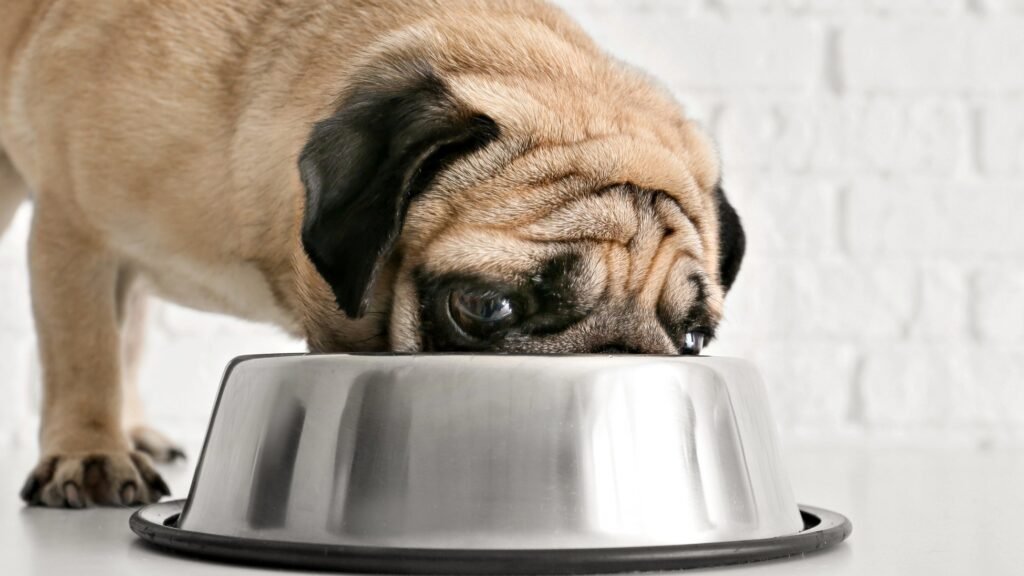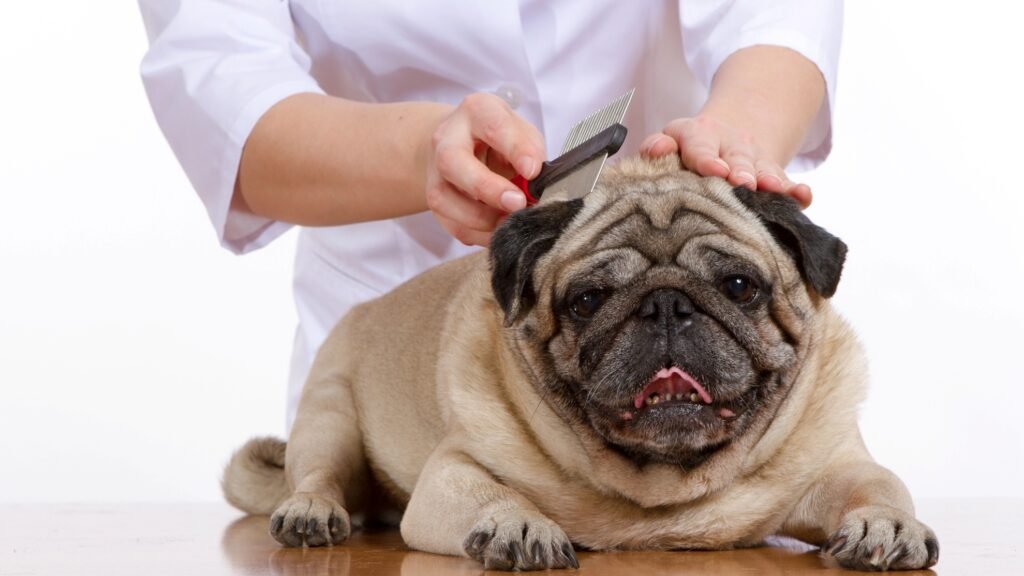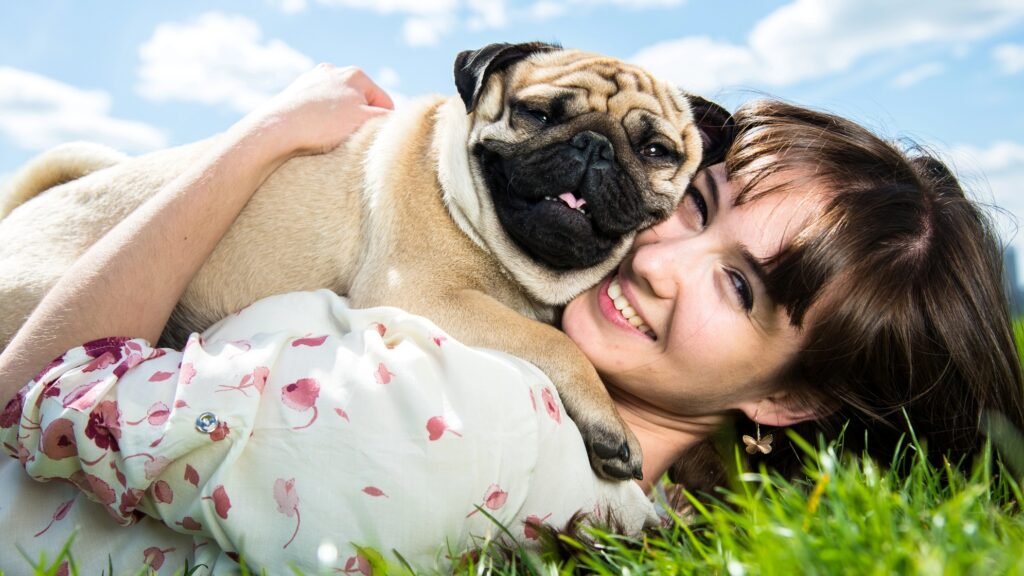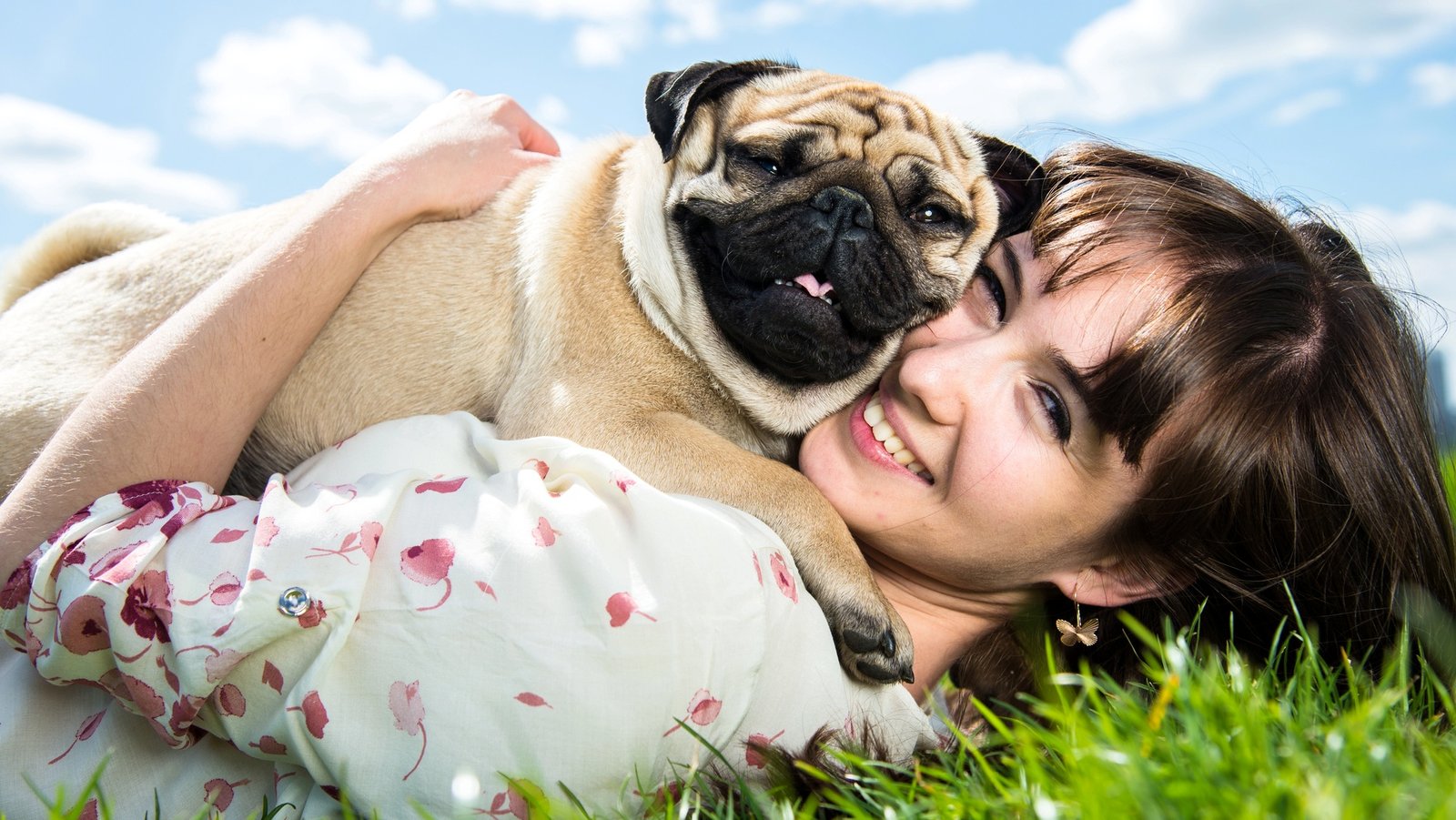Pugs are little bundles of joy wrapped in squishy faces and curly tails. Their playful personalities, adorable snorts, and knack for making us laugh make them one of the most beloved dog breeds. But as much as they charm us with their antics, pugs have unique needs that require special care. Maintaining a pug goes beyond cuddles and treats—it involves understanding their quirks, health requirements, and emotional needs. Whether you’re a proud pug parent or considering bringing one into your home, this guide will help you ensure your furry friend stays happy, healthy, and thriving. Here are 10 essential things every pug owner should know!
Understanding the Pug’s Temperament

Pugs are known for their charming personalities and affectionate nature. They’re often described as “multum in parvo,” meaning “a lot in a little,” referring to their big personalities packed into compact bodies. Understanding your pug’s temperament can help you cater to their emotional needs. They are generally sociable, loving, and enjoy human companionship, making them excellent family pets. However, their love for attention means they may not do well in homes where they are left alone for extended periods.
Feeding Your Pug

Proper nutrition is crucial for maintaining your pug’s health. Due to their compact build, pugs are prone to obesity, which can lead to various health problems. A balanced diet with appropriate portion sizes is essential. Look for dog foods rich in protein, fiber, and essential nutrients while avoiding fillers and excessive fats. Consulting with a veterinarian can help tailor a diet suited to your pug’s specific health requirements.
Exercise Needs

Pugs require regular exercise to maintain a healthy weight and stay fit, but their exercise needs are moderate. Daily walks and playtime are necessary, but be cautious of overexertion, especially in hot weather, as pugs are susceptible to heatstroke due to their brachycephalic (short-nosed) structure. Engage them in small bursts of activity throughout the day instead of prolonged exercise sessions.
Grooming Essentials

Despite their short coat, pugs shed a significant amount. Regular brushing, ideally once a week, can help control shedding and maintain a healthy coat. Additionally, pugs are prone to developing skin infections in their facial wrinkles, so these areas should be cleaned frequently and kept dry. Regular nail trimming and ear cleaning should also be part of the grooming routine to prevent infections.
Health Challenges

Pugs are predisposed to certain health issues, including respiratory problems due to their flat face, eye conditions like corneal ulcers and dry eye, hip dysplasia, and obesity-related concerns. Regular veterinary check-ups are crucial for early detection and management of these conditions. Maintaining a healthy lifestyle with balanced diet and exercise can help mitigate some of these health risks.
Training and Socialization

Training is vital for a well-behaved pug. Start with basic commands and positive reinforcement techniques. Pugs are intelligent but can be stubborn, so patience and consistency are key. Socialization with other dogs and environments is equally important to prevent behavioral issues. Enrolling them in puppy training classes can be beneficial for both training and socialization.
Ensuring Proper Hydration

Due to their susceptibility to heat, pugs need constant access to fresh and clean water. Ensure hydration is prioritized, especially after playtime or during warmer months. Monitor their water intake to prevent overhydration, which can also lead to health issues.
Maintaining a Safe Environment

Create a safe environment for your pug by pug-proofing your home. Remove any small objects that they could swallow and ensure electrical cords are out of reach. Pugs are curious creatures and can get themselves into trouble, so keeping potentially harmful substances and items securely stored away is important.
Understanding Brachycephalic Syndrome

Brachycephalic syndrome affects many short-nosed dogs, including pugs. This condition can lead to breathing difficulties, especially in hot or humid conditions. Recognizing symptoms like loud breathing, gagging, or collapsing is crucial. While lifestyle adjustments, such as maintaining a healthy weight and minimizing stress, can help manage the syndrome, severe cases may require surgical intervention. Always consult your vet if breathing issues are suspected.
Building a Strong Bond

Pugs thrive on human companionship and creating a strong bond with your pug will lead to a happy and well-adjusted pet. Spend quality time through interactive play, training sessions, and cuddling. Understanding their needs and being attentive to their signals will further strengthen your relationship and ensure a lifetime of companionship and happiness.

Andrew Alpin from India is the Brand Manager of Doggo digest. Andrew is an experienced content specialist and social media manager with a passion for writing. His forte includes health and wellness, Travel, Animals, and Nature. A nature nomad, Andrew is obsessed with mountains and loves high-altitude trekking. He has been on several Himalayan treks in India including the Everest Base Camp in Nepal.






